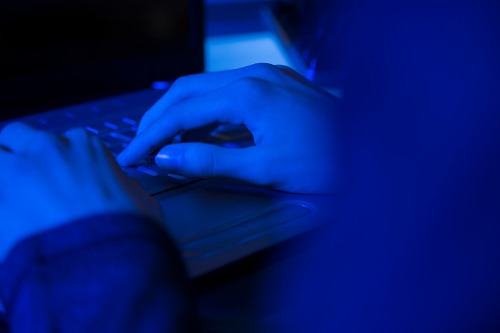
According to the latest data on the privacy of young people in Australia, 60% of parents say their child is exposed to risks from being online.
To help address the concerns about these risks, principals are increasingly turning to ed-tech providers who are providing educators with the tools to increase the digital privacy, and subsequently, safety of children.
One organisation that has been helping schools do this is pixevety, a secure digital platform that facilitates the sharing of images but ensures that the protection of individuals’ privacy remains front and centre.
Below, The Educator speaks to pixevety CEO and co-founder, Colin Anson, about what kind of year 2019 has been for principals in the context of students’ digital safety, and the considerations that should be top of mind for school leaders in 2020.
TE: What kind of year has 2019 been for principals in the context of students’ digital safety?
In 2019 parents have become more aware of digital safety and image privacy for their children. For example, the My Health Record mass exodus, scrutiny over Google’s data breaches, concern over data collection and unfettered use by Facebook, plus the impact of students’ social media use. There must be questions asked about the safety of online tools given to students, and where all the sensitive student information is going. For example, Google now has 80 million educators and students around the world using G-Suite and 30 million more using Chromebooks. This year we have seen schools receiving a rise in the number of parents complaining about how their child’s photo is shared and how consent is being obtained (or not obtained), as well as an increase in the number of parents requesting that photos of their children not be published online. Of the 800+ parents we have surveyed, 50% requested no social media presence for their child (a complete opt-out).
TE: Can you tell us about the work pixevety has done this year in terms of helping school leaders improve the digital privacy of their students?
We have had an enormous uptake in school adoption this year, which is fantastic, and likely due to the fact that people are starting to really understand how some companies have been misusing their data and looking for safer solutions to store and share their personal data, especially photos. More and more schools from overseas are reaching out to us. We continue to actively collect feedback from our clients to improve our service as well as investing in upgrades to our technology and safety. We are driven by our passion to deliver the trust, security and safety that our schools so critically need from their contracted service providers. We are also very excited about launching our mobile app in 2020 which will assist schools in capturing images of students, and then safely uploading photos and videos directly into their pixevety school gallery to tackle head-on the issue of storing such content on staff-owned devices. Everything we do is about delivering greater protection and privacy to our customers.
TE: How will pixevety be helping principals address the issue of students’ online safety in 2020?
Probably the biggest way that using pixevety will help principals address online student safety in 2020, is using it as a catalyst to ensure a school has established a strong privacy culture. The best new development we have for this will be our new app. Many schools have policies that don’t allow teachers (and other staff) to take photos on their phone due to the need to protect the privacy of students, but don’t have procedures to make sure this happens. Or they support teachers to take photos in a way that abides by policy, by supplying cameras or having cameras that a teacher can organise to borrow. But this becomes too hard – so teachers either don’t take photos, or they do it on their own phones. In 2020, we are also working on providing better publishing practices via pixevety to support school marketing teams in managing content when they use social media channels. Last but not least, schools are using pixevety to engage with alumni via archived photo collections, enabling safer image sharing and contribution within a private closed group community to create renewed excitement about past attachments to school life.


